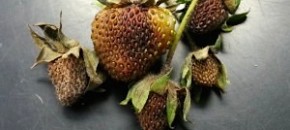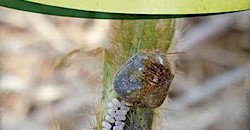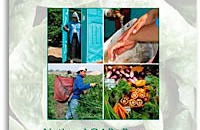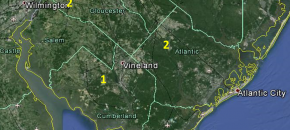Due to the weather, a number of no-till soybean fields have not received a burndown treatment yet. As a result, many are asking about options for control. First a number of considerations: 2,4-D ester: Rate of 2,4-D may need to be adjusted. Most 2,4-D brands require a 4 week delay between application of 1 qt […]
Continue reading...Strawberry Fruit Rots

Fruit rots in strawberry can cause significant losses if not recognized early and controlled. The use of good cultural practices such as: keeping fields weed-free and promoting good drainage; long crop rotations, and preventative fungicide applications are critical. Pathogens such as anthracnose, gray mold (Botrytis), and leather rot can become systemic problems in strawberry plantings […]
Continue reading...Kudzu Bug Found in Delaware

We received a report from extension in Delaware that an adult Kudzu bug was found in a trap in Sussex County, Delaware near a kudzu patch. This should serve as a reminder that kudzu bug is fast approaching New Jersey. This rather new pest is something our soybean industry needs to keep a watchful eye […]
Continue reading...Turf Green-up Update
Most landscape lawns, sports turfs, and golf course surfaces should have reached full green-up but there will be some exceptions. The major exception to this is zoysiagrass turf. Zoysiagrass will not begin green-up until mid- to late-May. Although not as slow to green-up as zoysiagrass, fine fescue will be slower than perennial ryegrass and tall […]
Continue reading...Farm Food Safety: Think About Worker Training Now

Worker health and hygiene training for farm workers, including family members, is an important step in reducing the risk for human pathogen spread on farms. Training of workers does not need to be complicated, but does need to be specific to your operation and your farm food safety plan (everyone should have one). Worker health […]
Continue reading...Pepper Weevil Trap Counts

Adult pepper weevils have been caught in some of the traps that are set at or near produce handling facilities in southern New Jersey. Since Florida vegetable crops newsletters indicate severe populations of pepper weevils in some regions of that state, this is not surprising. Pepper weevils escaping into the environs around these facilities […]
Continue reading...